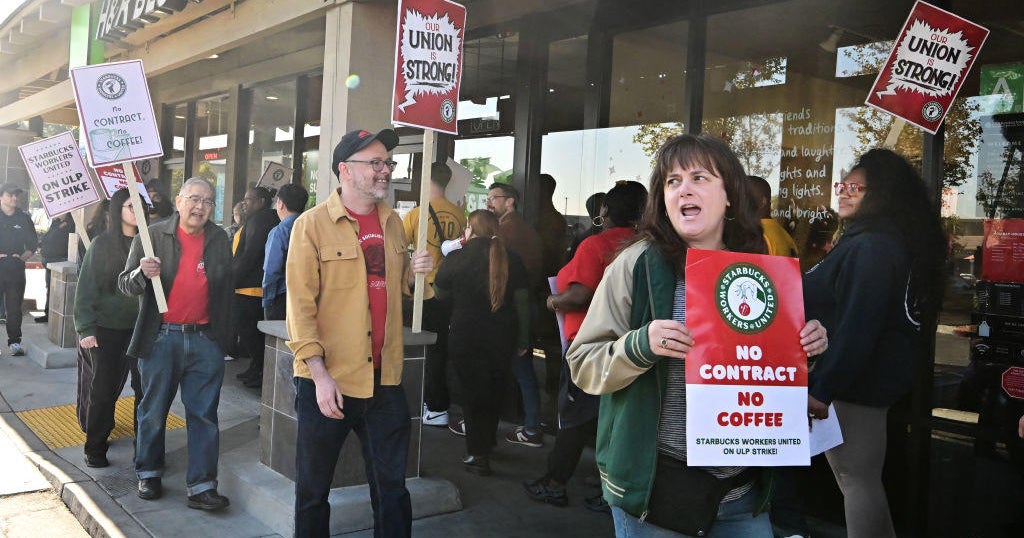Stocks roar back, posting third-best start to the month of October since 1930
Stocks rose sharply on Tuesday, lifting the S&P 500 index to its third-best start to an October since 1930, according to FactSet.
The benchmark index has rallied since hitting its lowest point of the year on Friday to close out a September slump. On Tuesday, the S&P 500 soared 3.1%, which followed Monday's 2.6% gain.
Meanwhile, the Dow Jones Industrial Average soared more than 1,500 points in two days, including a 2.8% jump Tuesday. Other indices also gained, with the tech-heavy Nasdaq jumping 2.7%.
The two-day rally is hitting markets as investors look for signs that central banks might ease up on their aggressive rate hikes aimed at taming the hottest inflation in four decades. Despite the broad gains, the major indexes remain in a bear market after falling 20% or more from their most recent record highs.
Investors are cheered by signs that the Federal Reserve's regime of rate hikes may be putting the brakes on a hot labor market and economy that has sparked the highest inflation in four decades, he noted. On Tuesday, the government said the number of available jobs in the U.S. plummeted in August compared with July. It's a sign that businesses may pull back further on hiring and that chronically high inflation could soon cool.
"What's happened over the last two sessions is NOT just a 'bear-market rally' and people who label it as such risk missing additional upside," said Adam Crisafulli in a Tuesday research note.
He added that recent data including the decline in job openings are "pointing to the type of downward labor inflection point the Fed has been yearning to see."
"Bear market rallies"
Still, the optimism could be misguided as inflation remains stubbornly hot, said John Lynch, chief investment officer for Comerica Wealth Management.
"Investors should be worried about false positives," he said. "Be wary of the history of bear market rallies, they can be very seductive."
Major indexes could be in store for more declines ahead, he said, as more economic data and the next round of earnings reports paints a clearer picture of how inflation continues to impact business operations and consumer spending.
Treasury yields continued to pull back from their multiyear highs, which has helped relieve some of the pressure on stocks. The yield on the 10-year Treasury, which helps set rates for mortgages and many other kinds of loans, fell to 3.61% from 3.65% late Monday. It got as high as 4% last week after starting the year at just 1.51%.
The yield on the two-year Treasury, which more closely tracks expectations for Federal Reserve action, fell to 4.09% from 4.12% late Monday.
Cruise line operators were the biggest gainers among S&P 500 stocks. Norwegian Cruise Line jumped 16.7%, Royal Caribbean surged 17% and Carnival gained 13.7%.
Investors are watching closely as central banks raise interest rates to make borrowing more difficult and slow economic growth to try to tame inflation. Investors are hoping that they will eventually ease off their aggressive rate hikes and the move by Australia's central bank is a hopeful sign for some.
Wall Street is worried that the rate hikes, especially the increases from the Fed, could go too far in slowing growth and send economies into a recession. The Fed has already pushed its key overnight interest rate to a range of 3% to 3.25%, up from virtually zero as recently as March.
Economic growth is already slowing globally and the U.S. economy contracted during the first two quarters of the year, which is considered an informal signal of a recession. The economy still has several strong pockets, including employment. Wall Street will get a more detailed look at the employment situation in the U.S. when the government releases its monthly jobs report for September on Friday.



